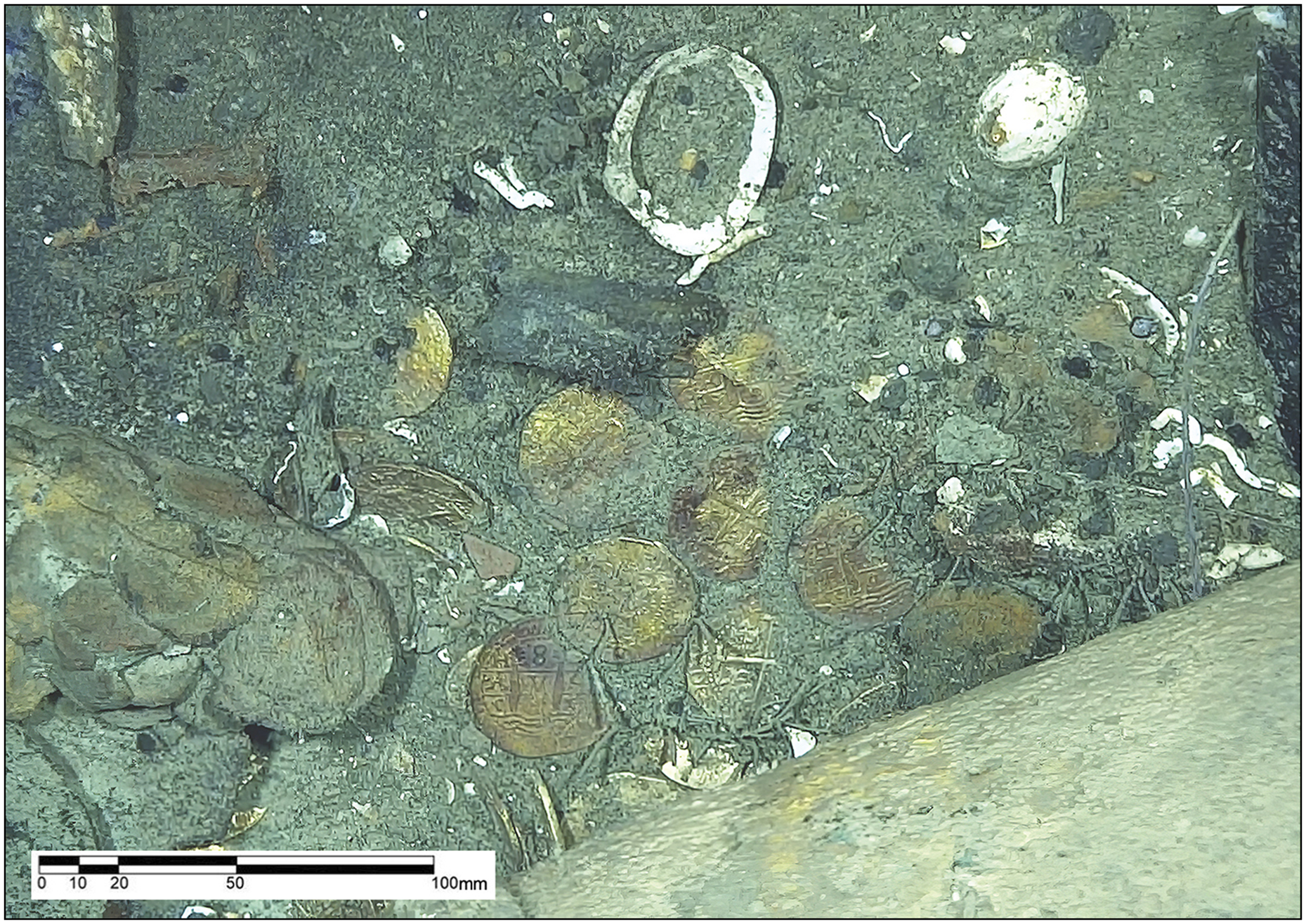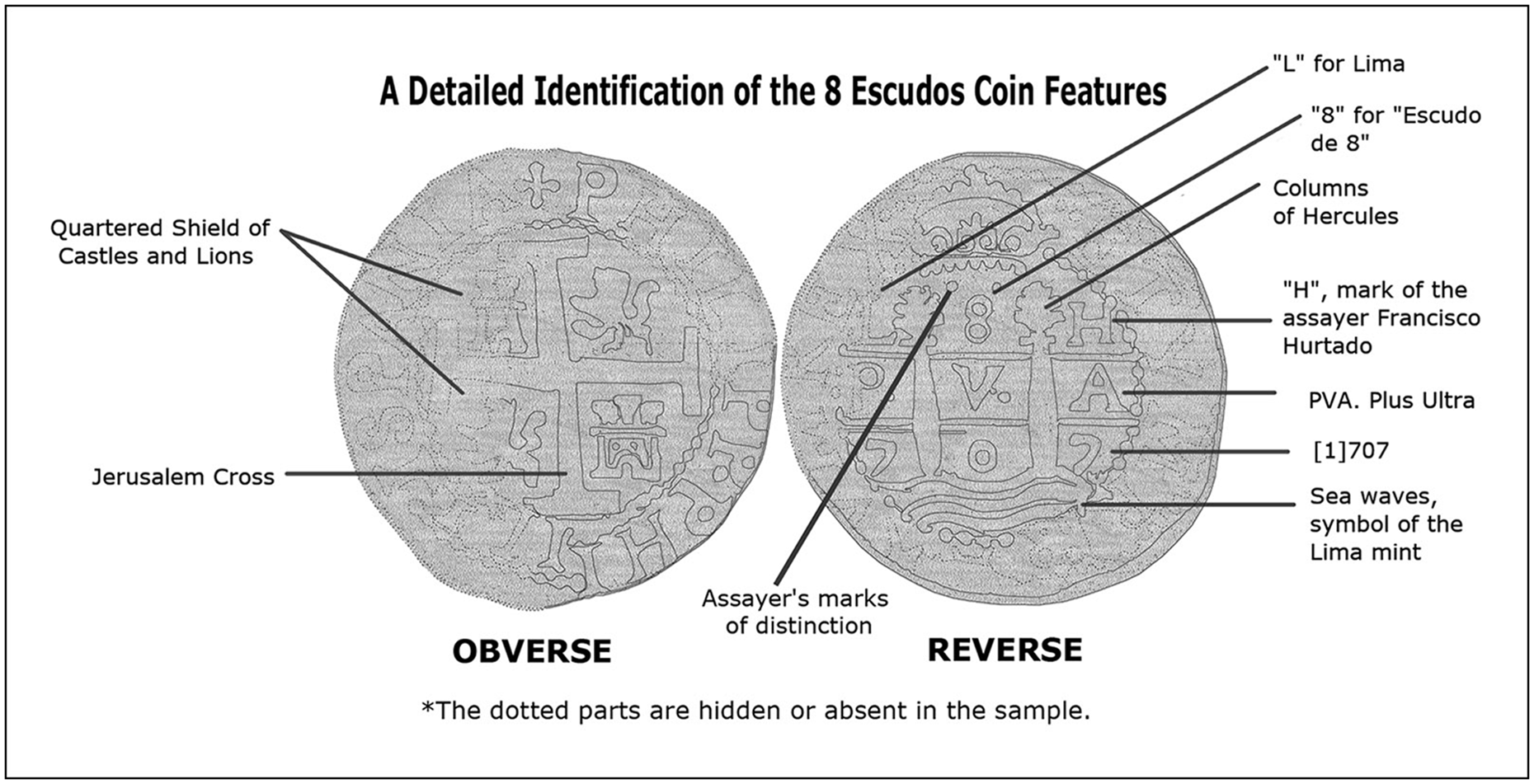Images taken from the depths of the Caribbean are the clearest evidence yet that a 300-year-old shipwreck worth £15bn has been located, researchers say.
The “richest wreck in history” the Spanish galleon San Jose, was transporting treasure from Peru to Spain to finance the Spanish side of the War of the Spanish Succession when it was intercepted by the British Navy in 1708.
The treasure-laden ship, which was loaded with gold, silver and emeralds estimated to be worth as much as $20bn (£15bn), sank and was not seen again.
It wasn’t until 2015 that a wreck was identified by the Colombian navy, but it was not conclusively proven to be the San Jose.
But new sophisticated underwater imaging has analysed some of the cargo on the sunken ship 600m below the surface of the Colombian Caribbean Sea.

In the study, published in the journal Antiquity, researchers used a remotely-operated underwater vehicle to capture high-resolution images of coins scattered near the wreck’s stern.
Researchers then created digital models to allow them to analyse the wreck.
A 3D reconstruction of the coins onboard the ship suggest they are and-struck silver “cobs” or “macuquinas”, with heraldic symbols of Castile and León and a clear mint date of 1707. Researchers suggest these coins came from Peru.
Chinese porcelain from the Kangxi period (1662–1722) and inscriptions on the cannons dating to 1665 were also found on the ship, suggesting it sank in the early eighteenth century.
Daniela Vargas Ariza, lead researcher from Colombia’s Naval Cadet School and the National Institute of Anthropology and History explained the San Jose is the only ship that matches these characteristics.

Study authors said: “This find presents a rare opportunity to explore an underwater archaeological site and deepen our understanding of colonial maritime trade and routes.”
“It represents only the first step in a long-term project. The initial phase focuses on non-invasive surveys, with no plans for object recovery or excavation until the entire site is fully characterised,” they added.
However, both Spain and Colombia claim they own the San Jose and its cargo, while indigenous groups also argue their ancestors mined the treasure and therefore are owed reparations.
In addition, an American salvage company, Sea Search Armada, has also claimed a share because it located the wreck and informed the Colombian government, hoping they would be entitled to half.







